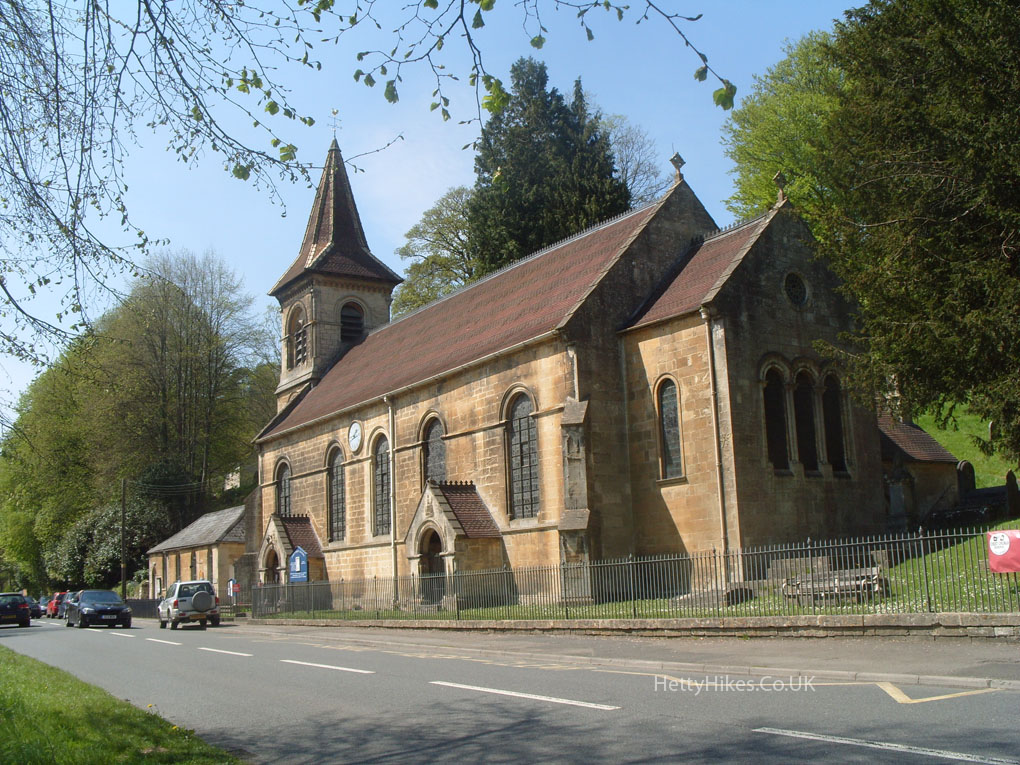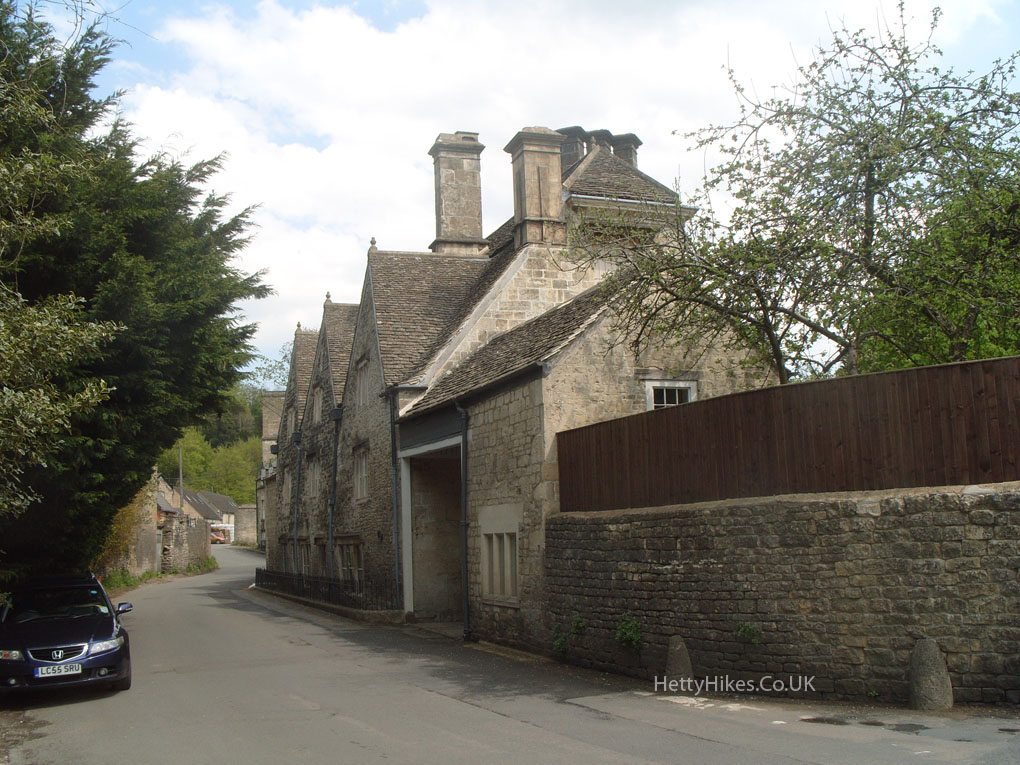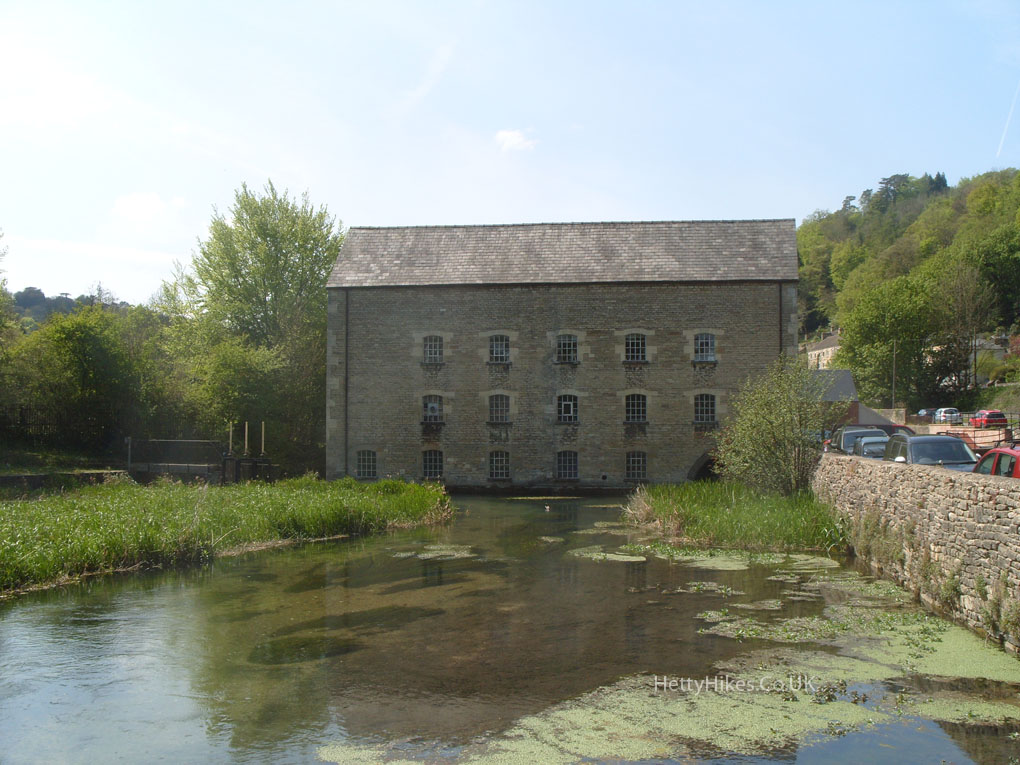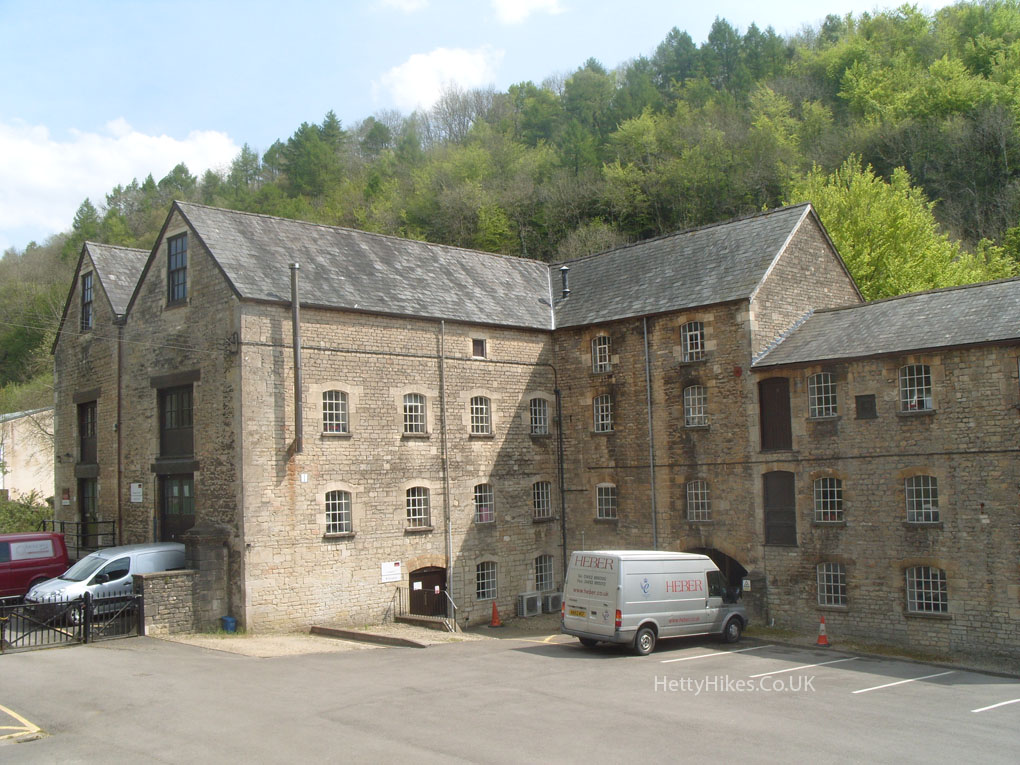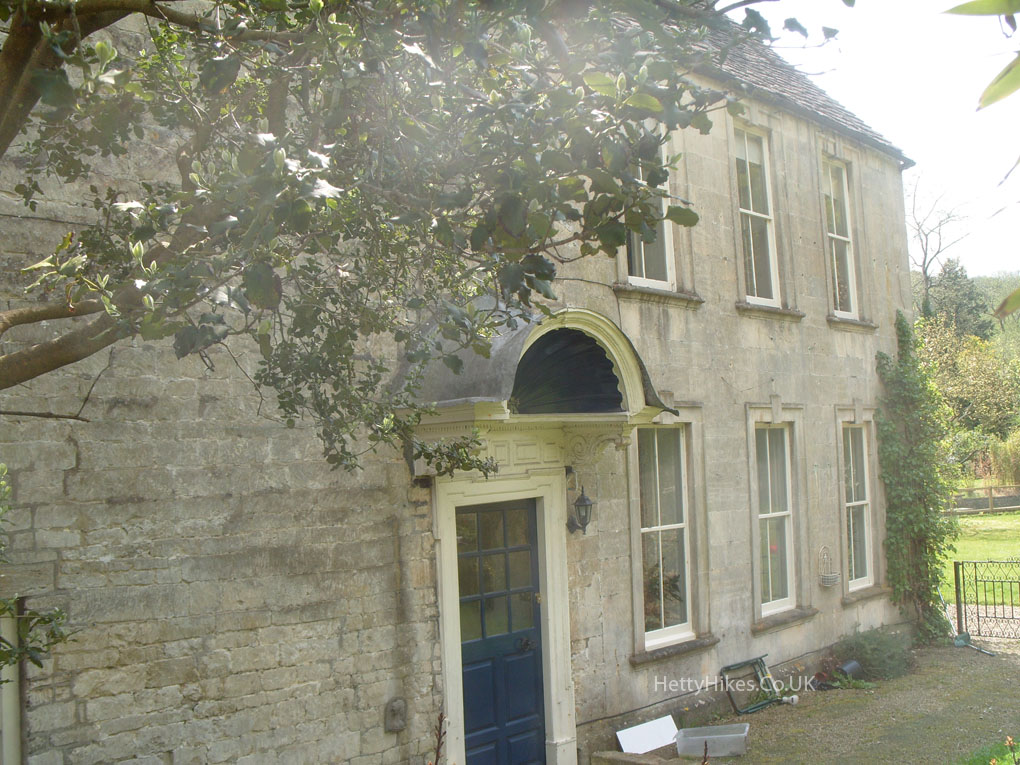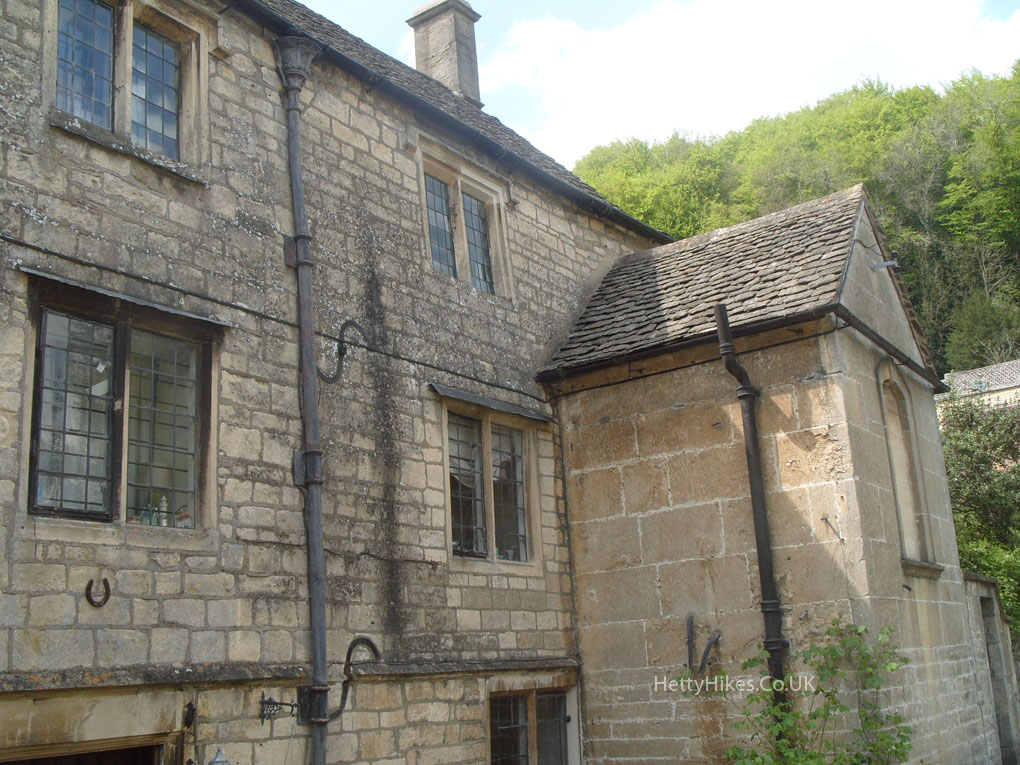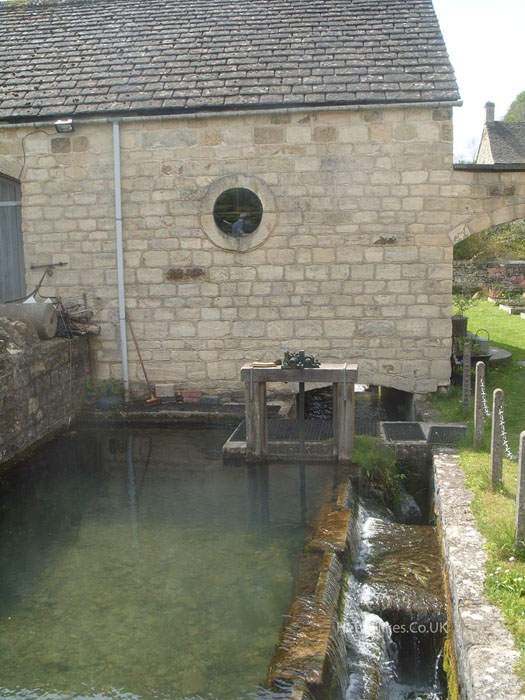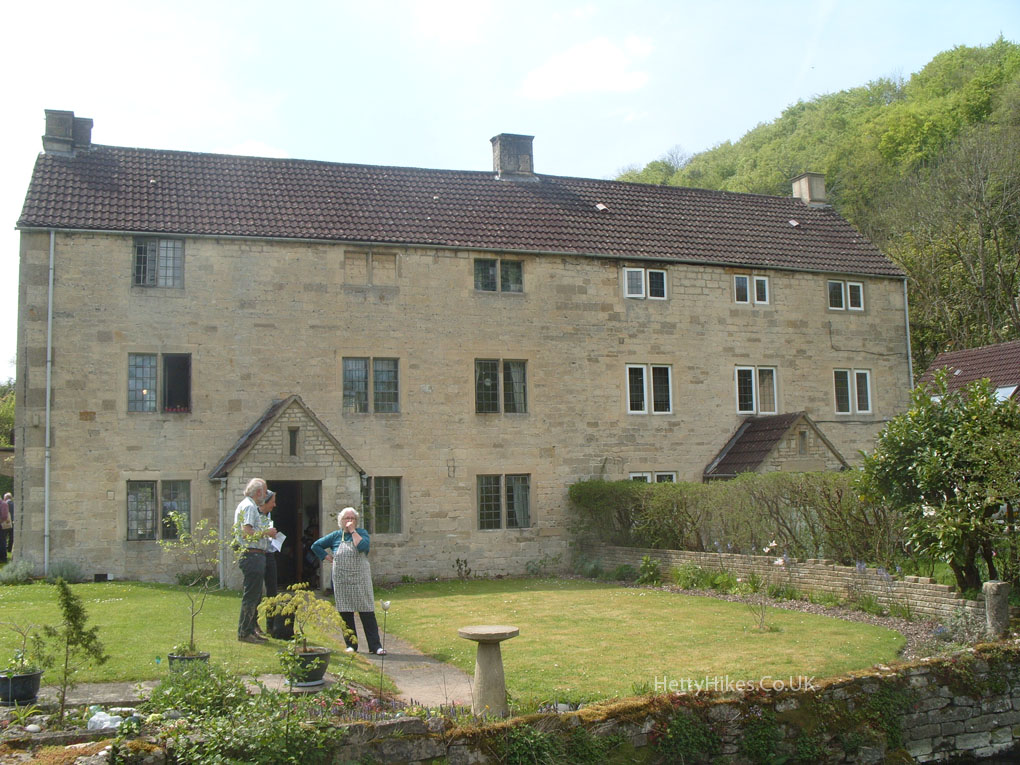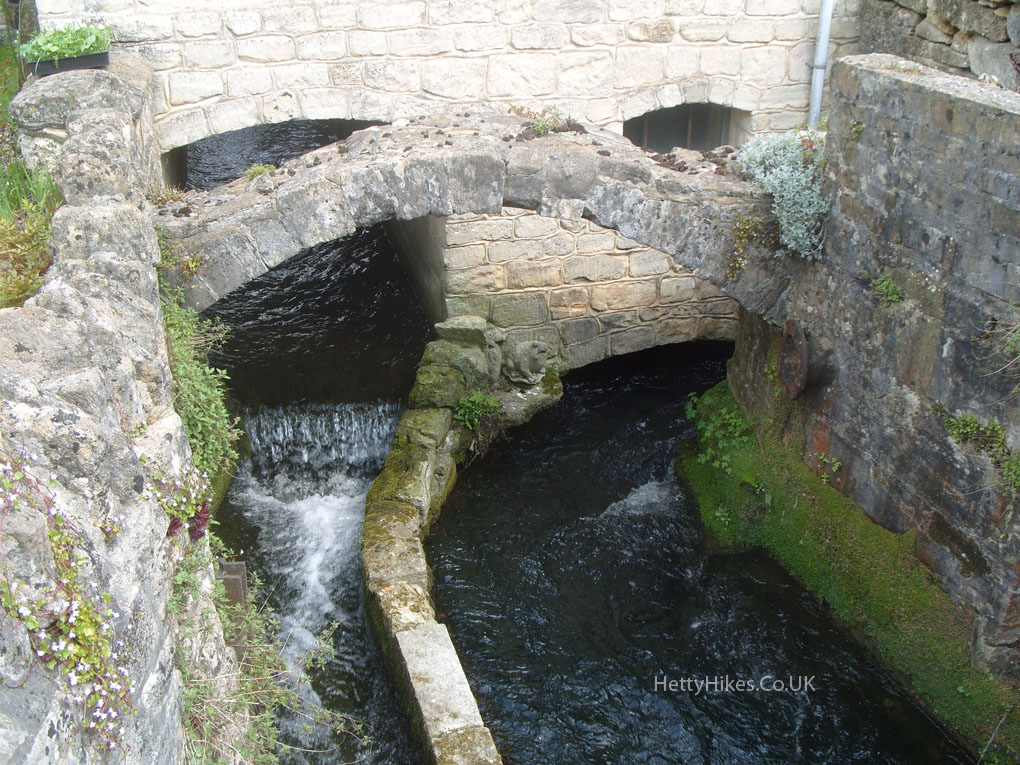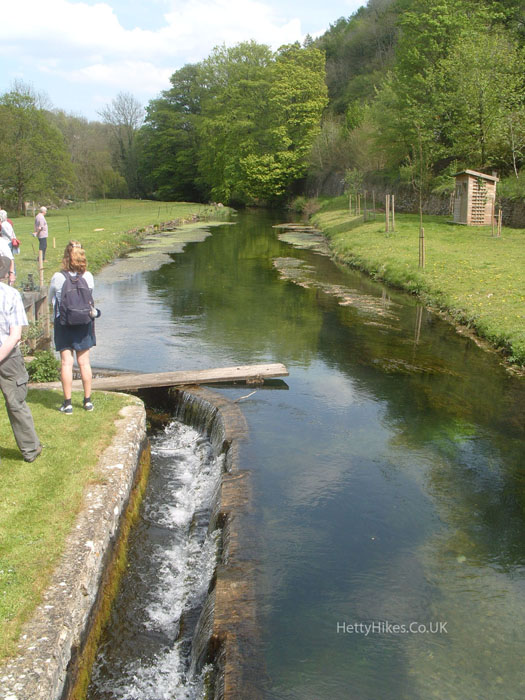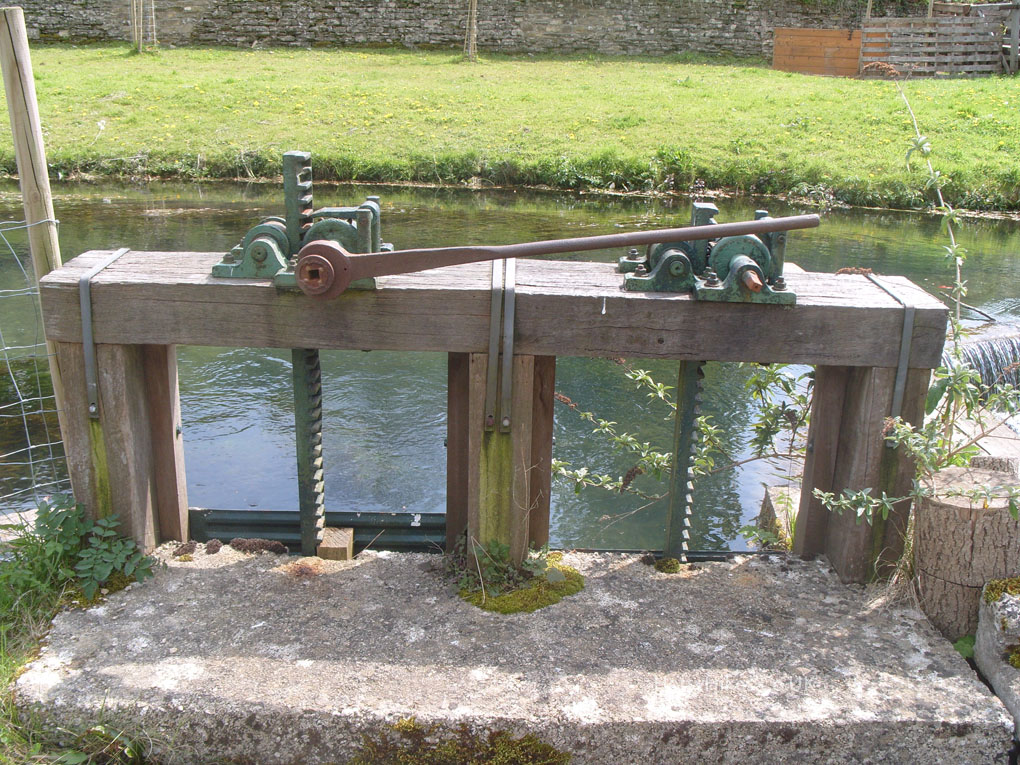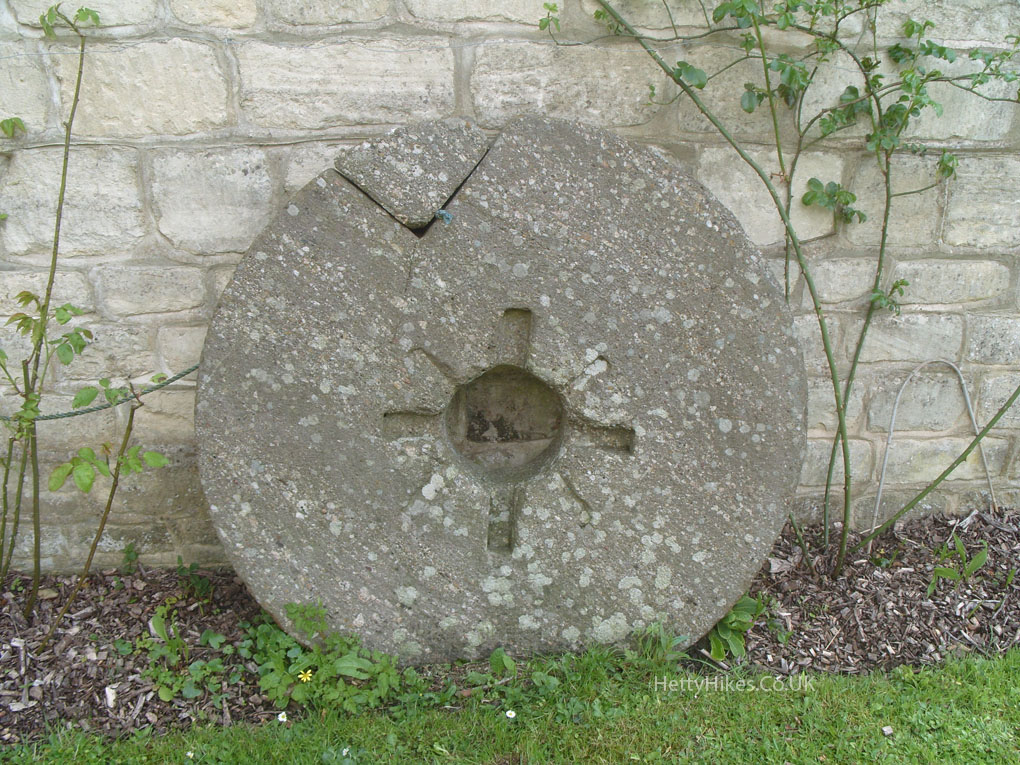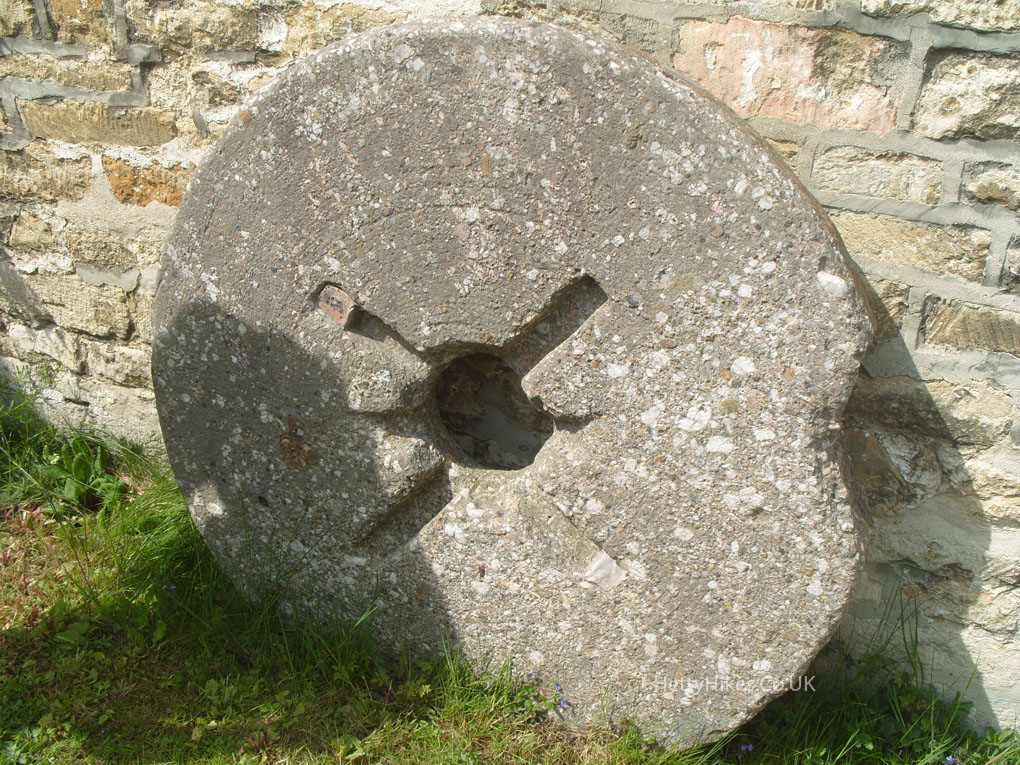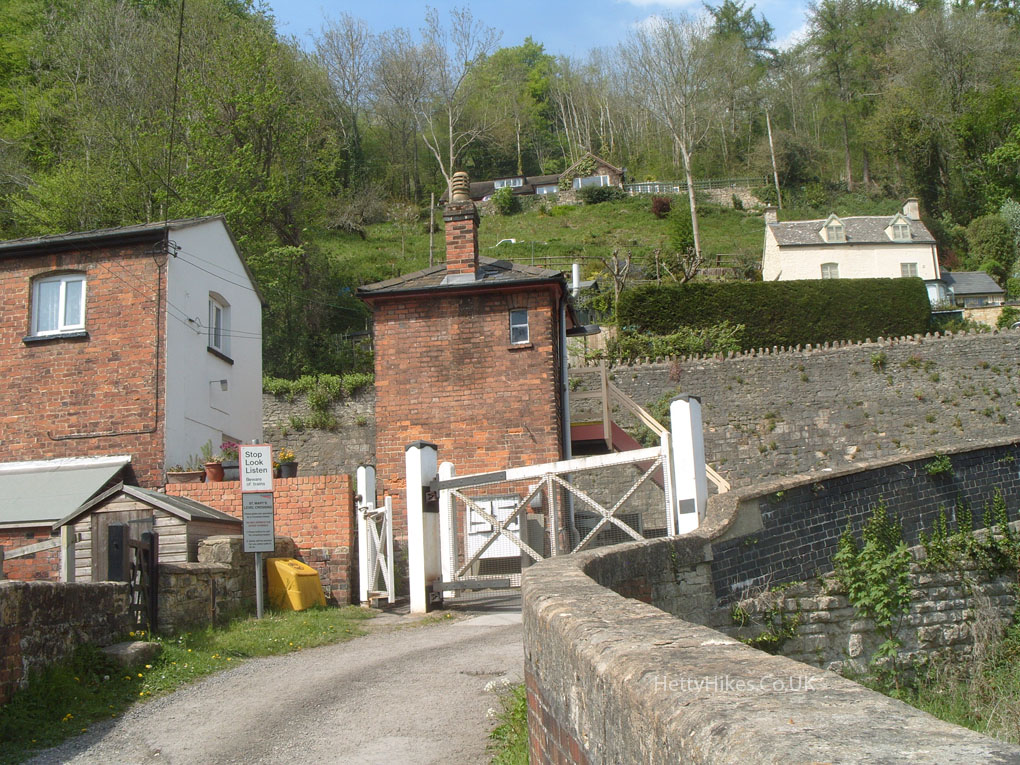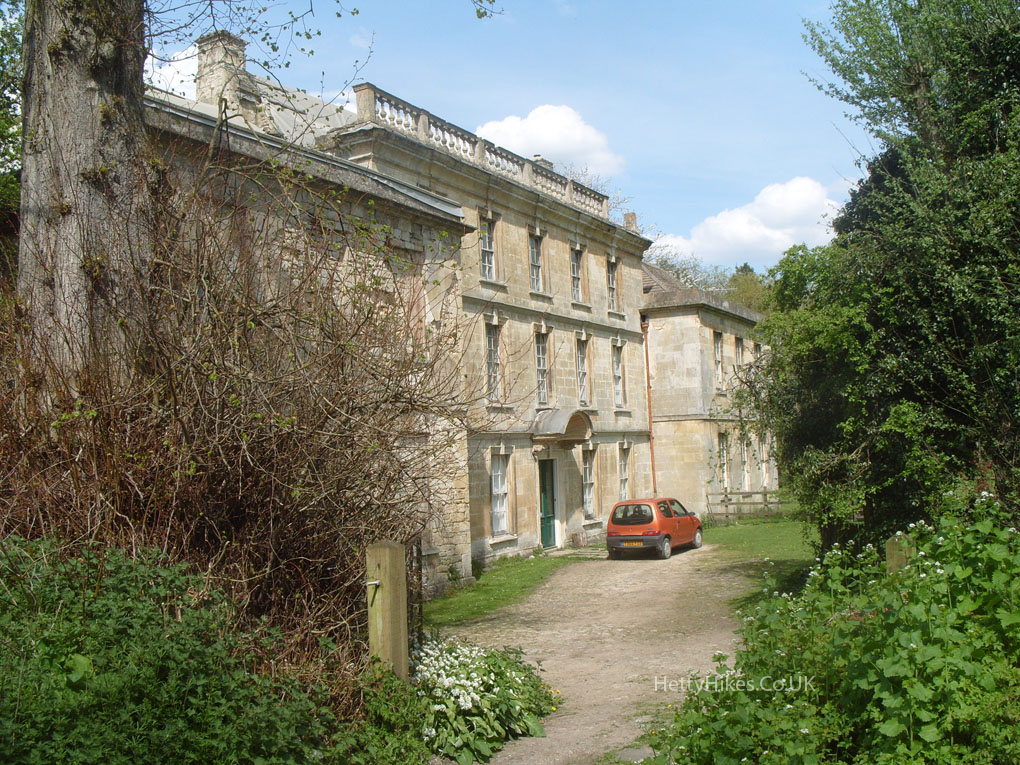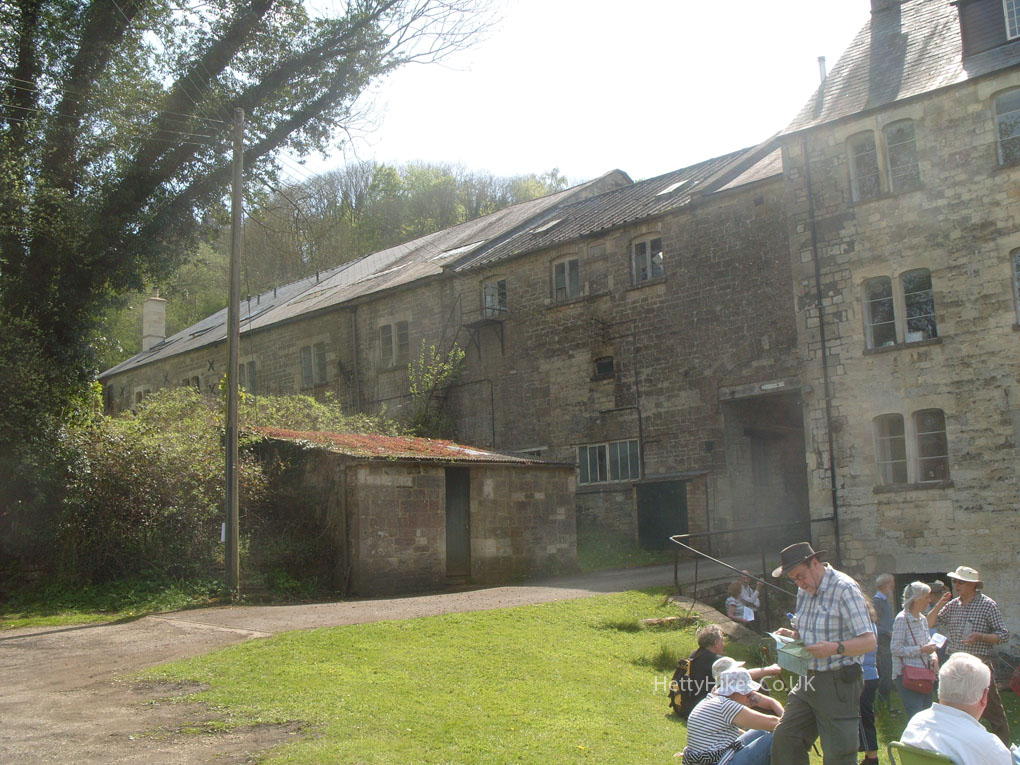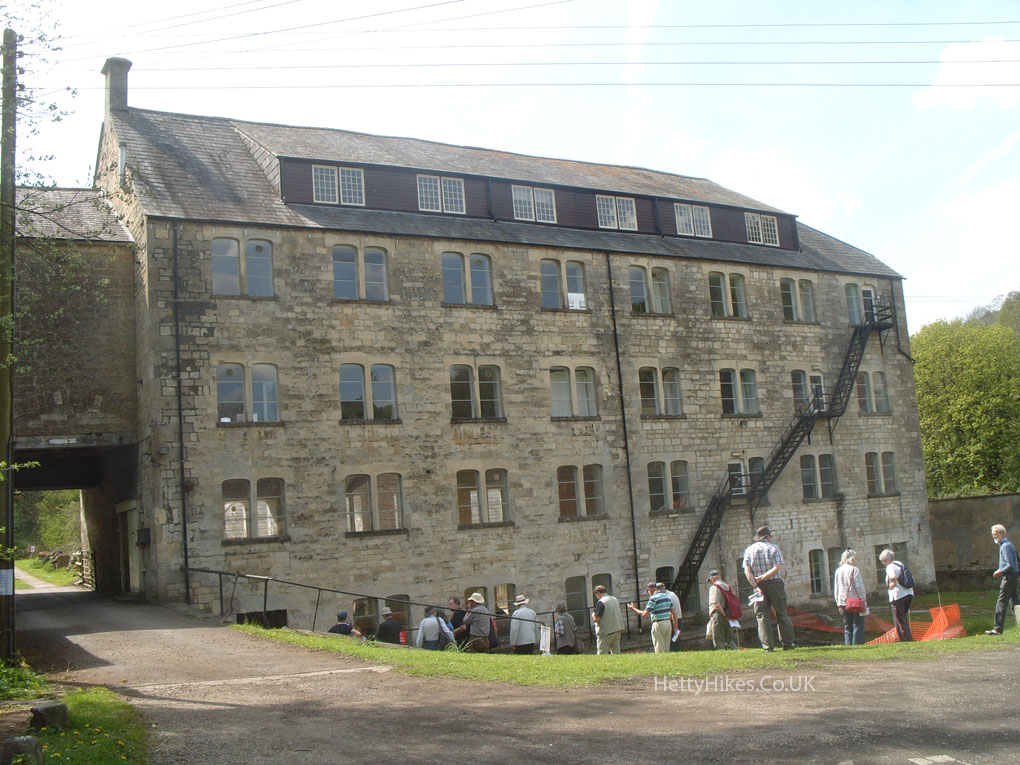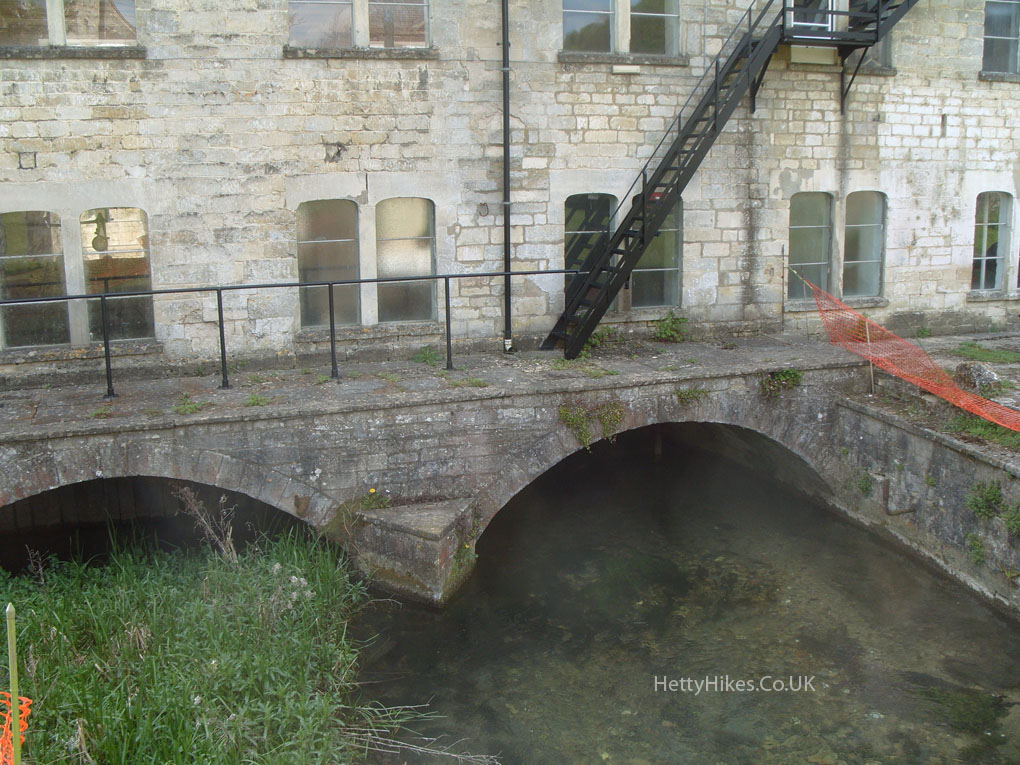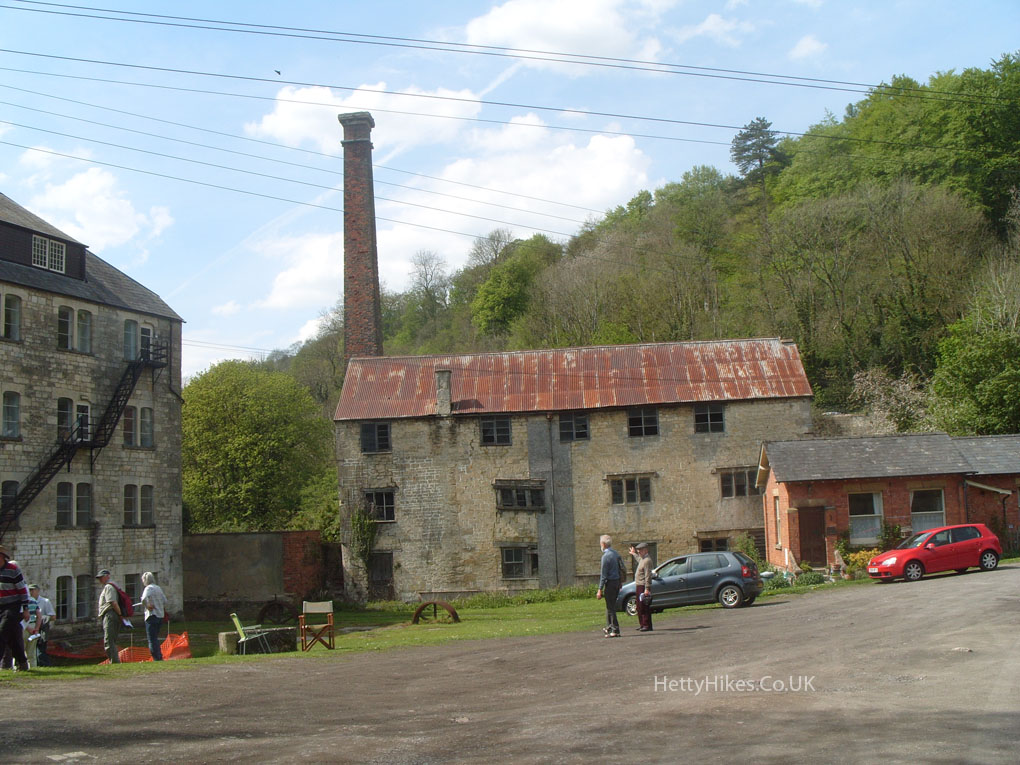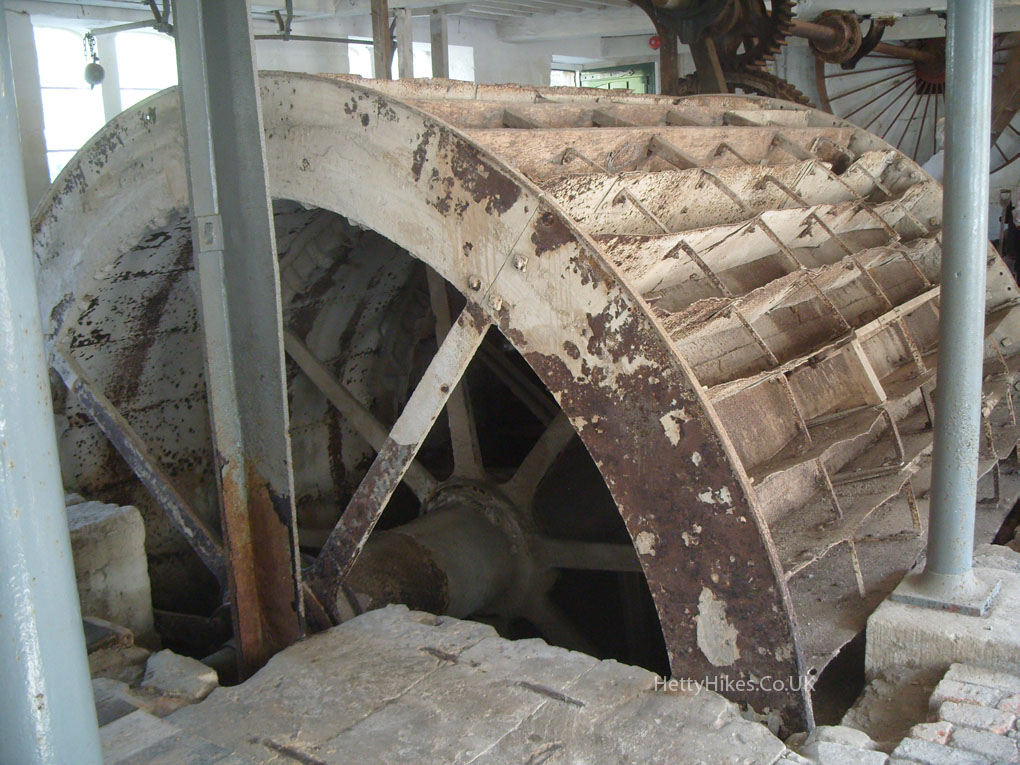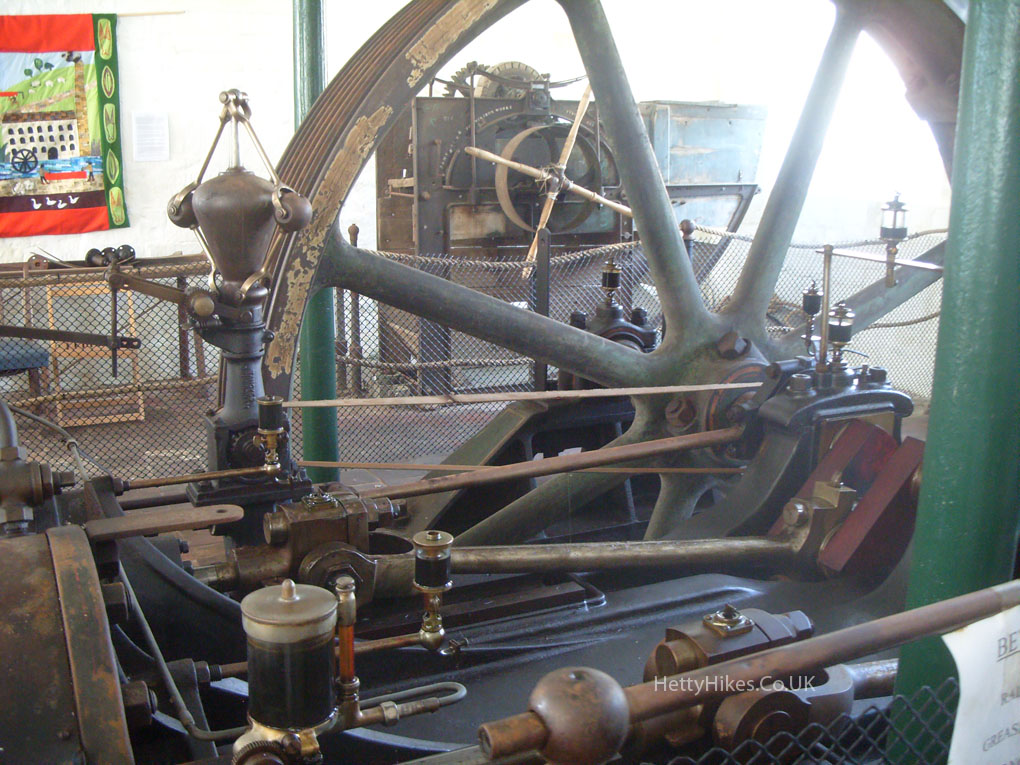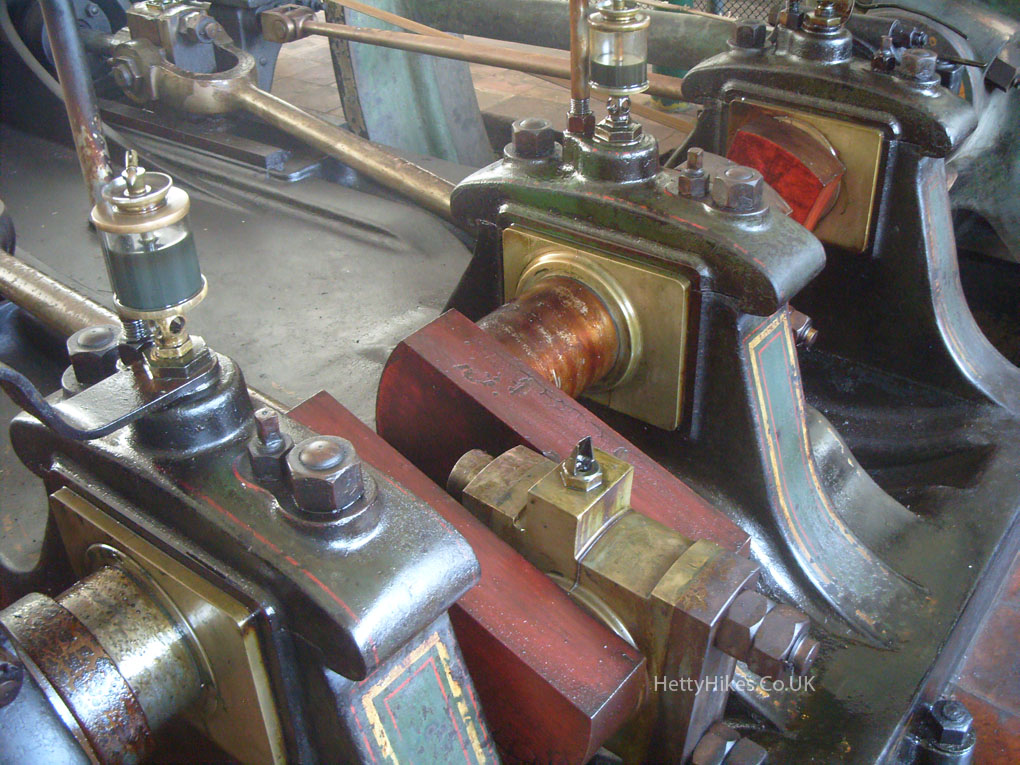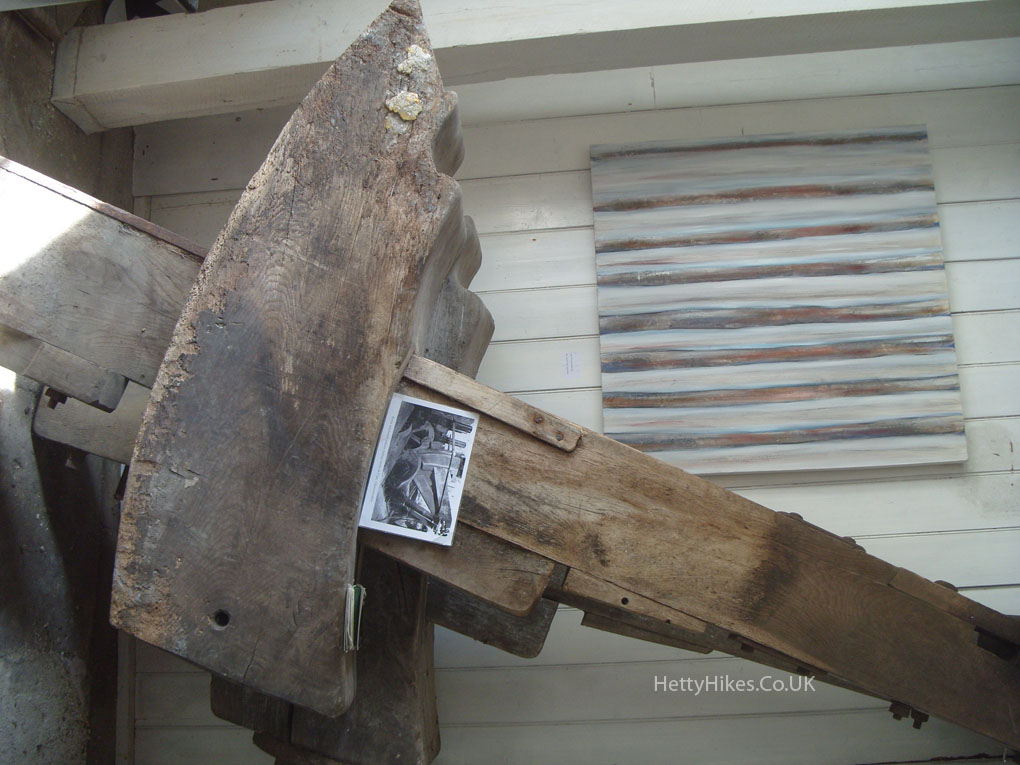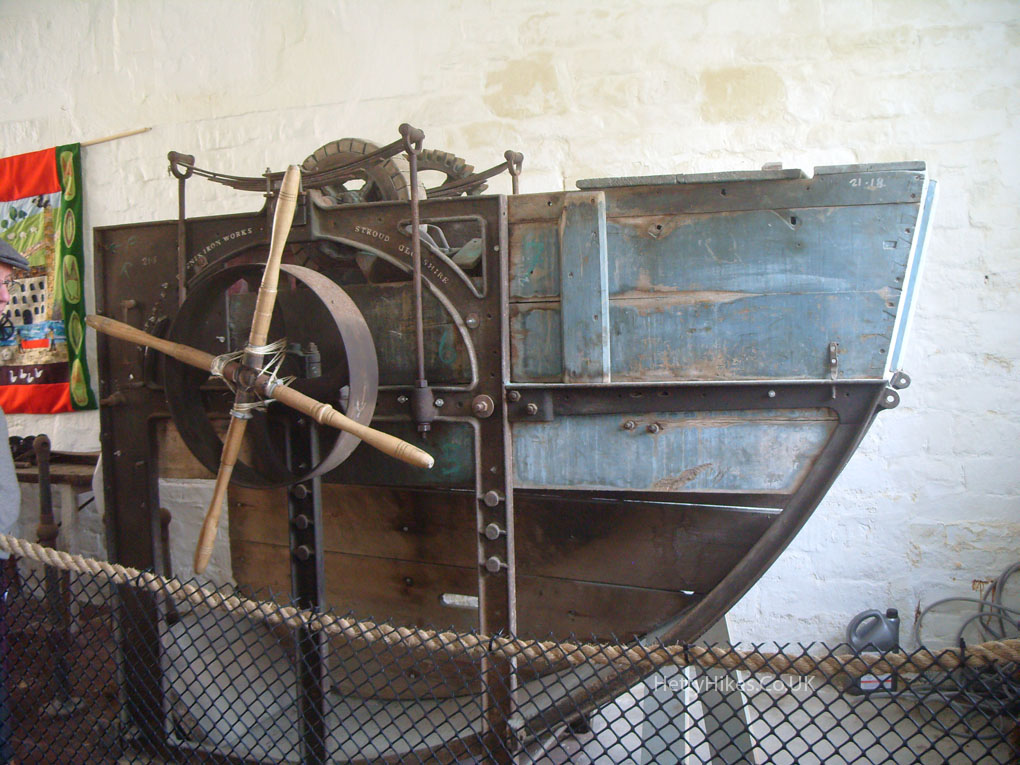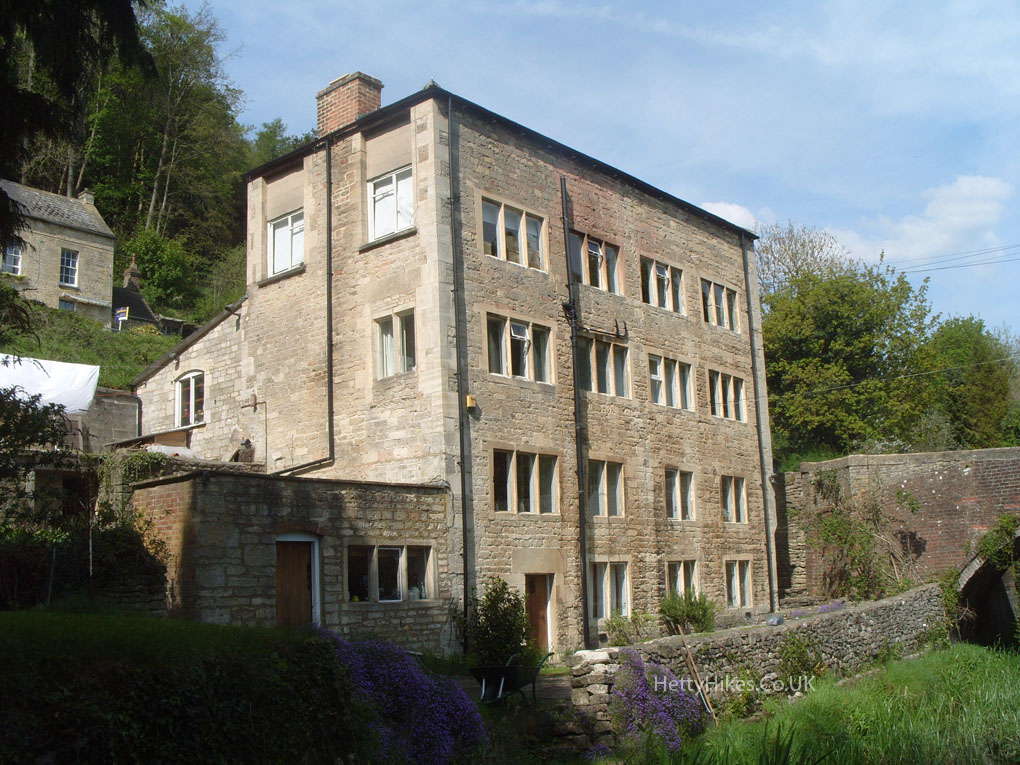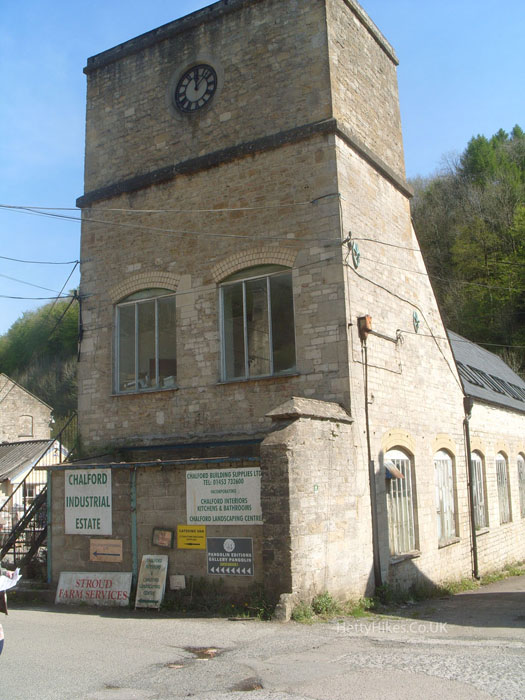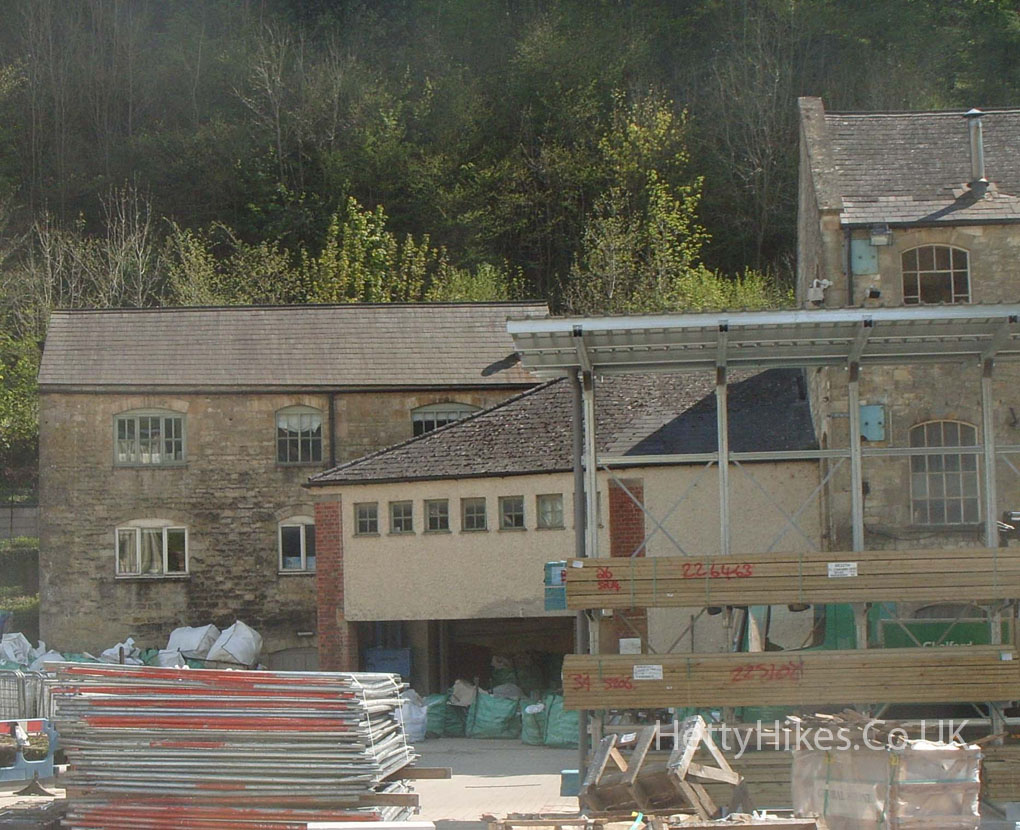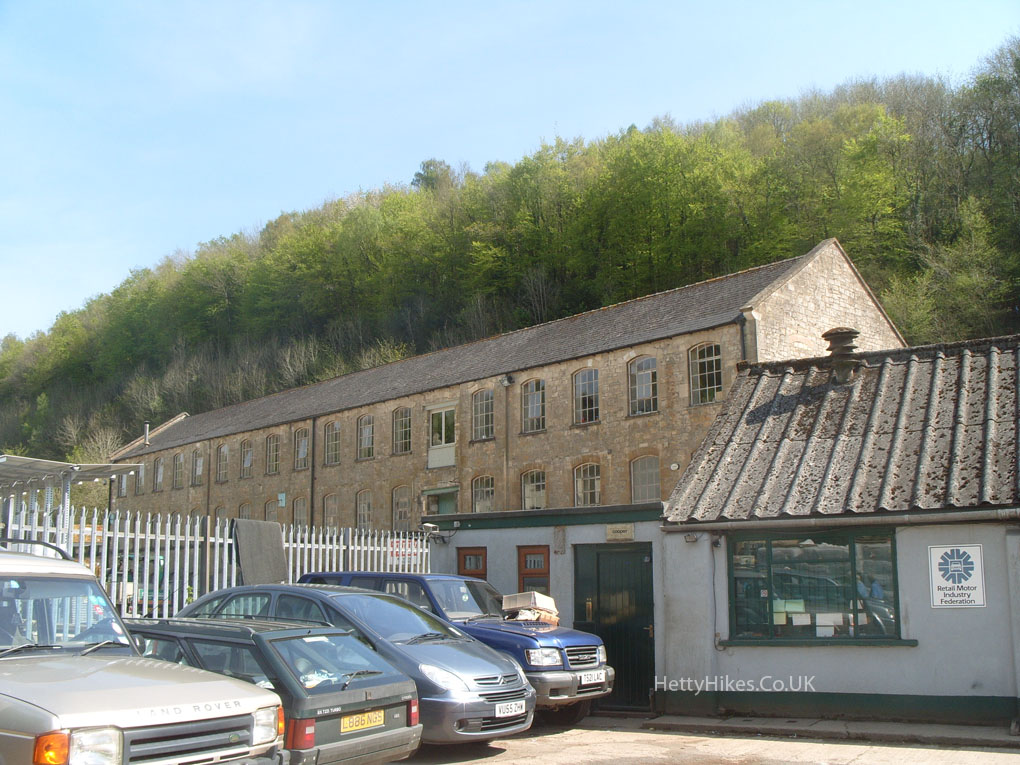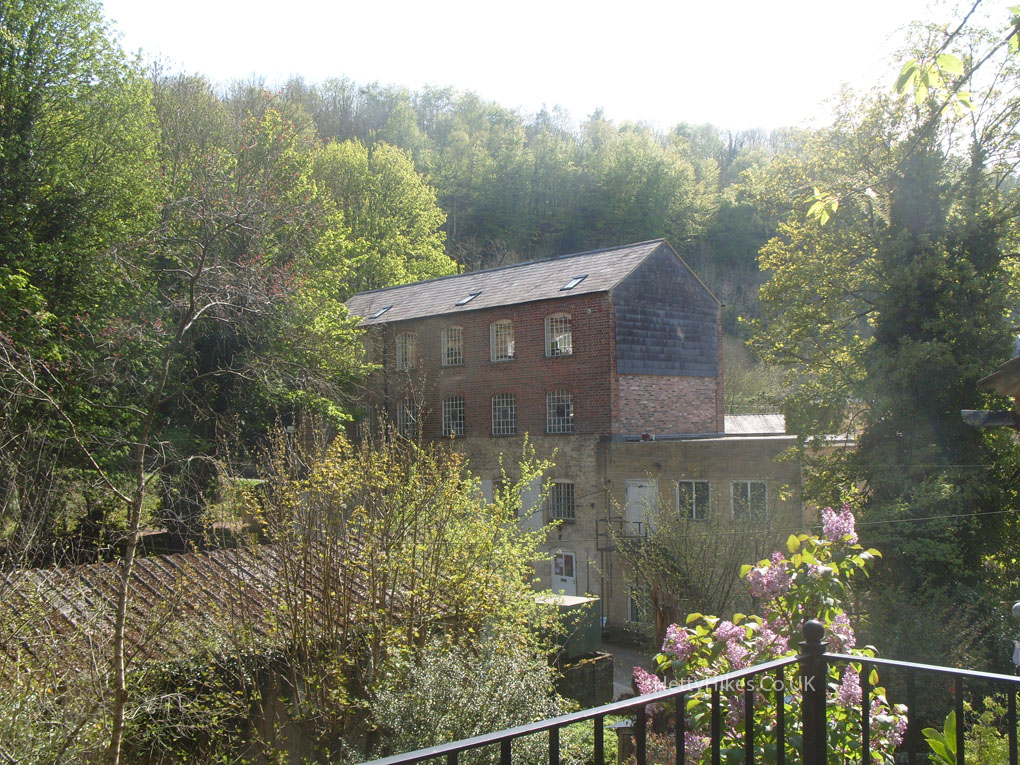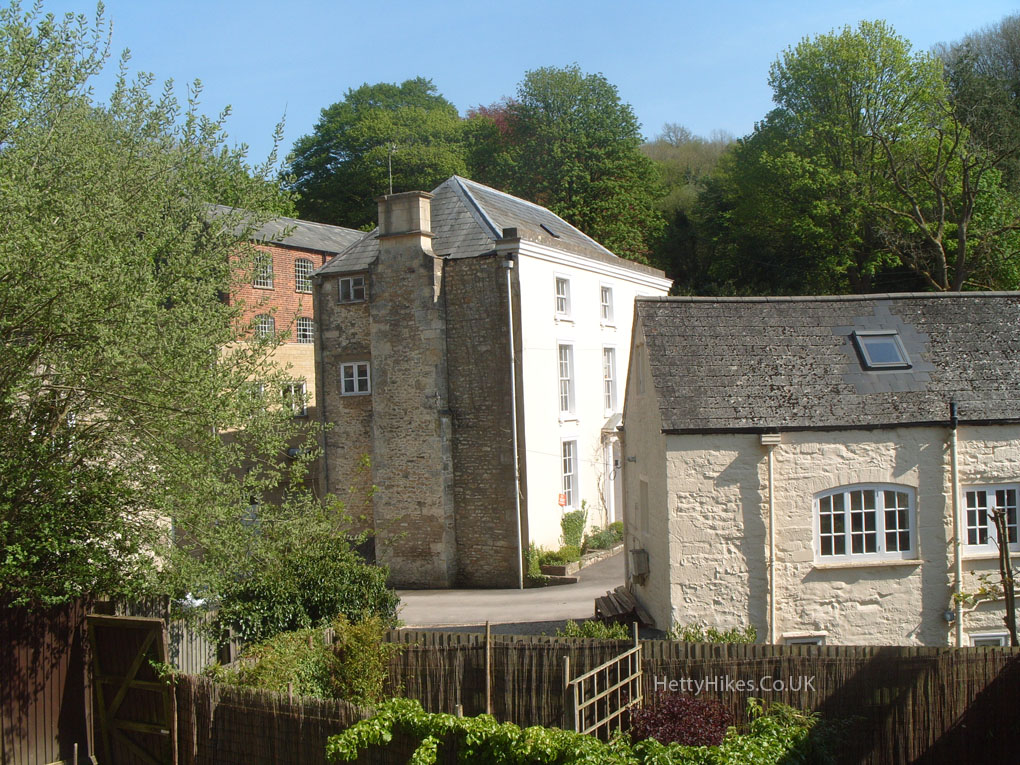Near Stroud, Gloucestershire
8th May 2016 Photos by Hetty
A walk with Gloucestershire Society for Industrial Archaeology
Chalford once had 20 mills, several of which remain, although no longer making cloth.
We parked in the lay-by near Christ Church (18th century)
And met the group at the canal, by the Round House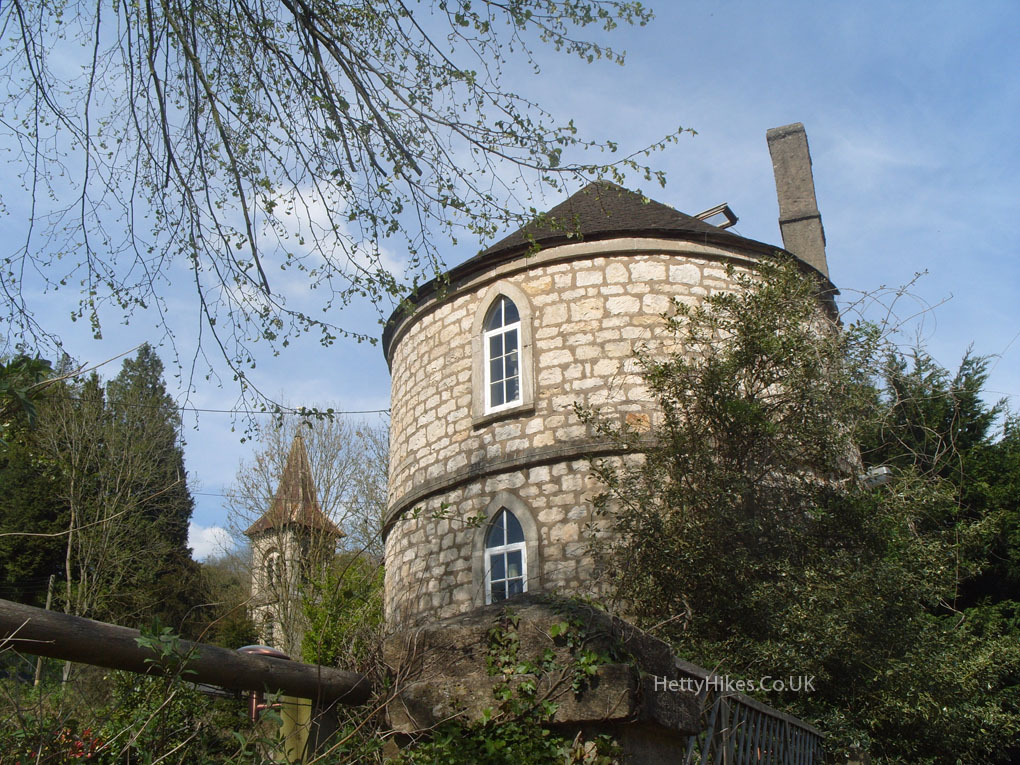
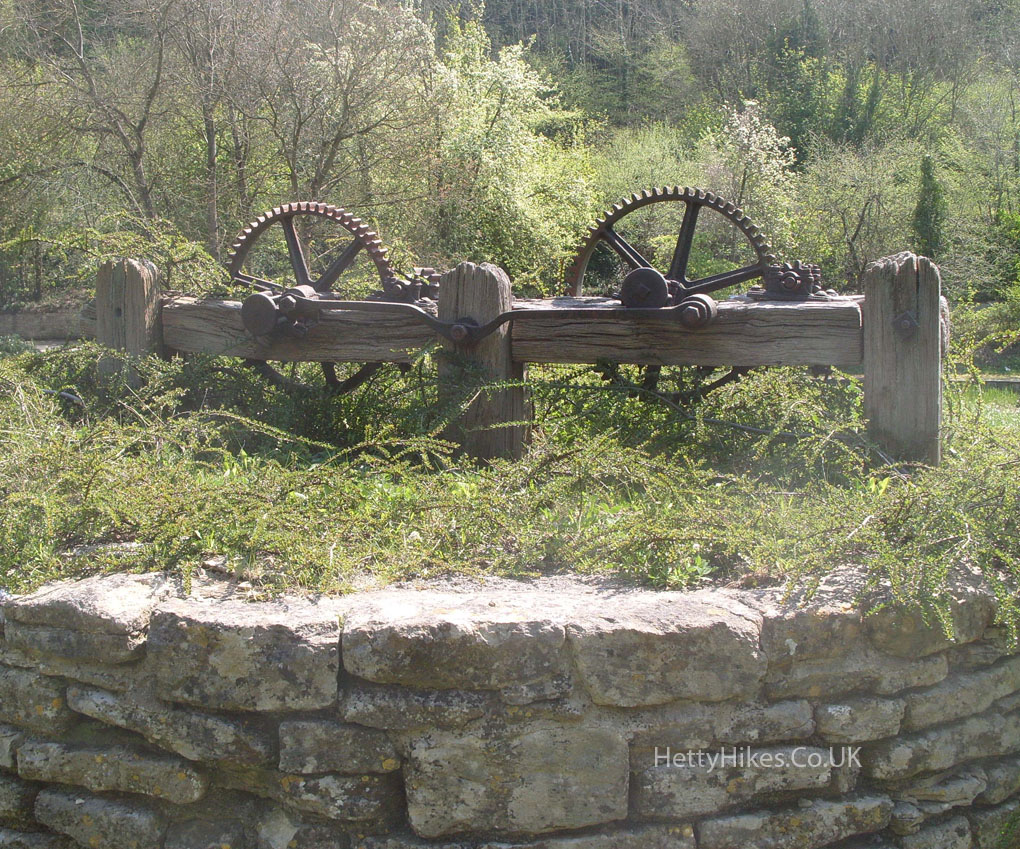
Chalford Place is part 16th century with mid 17th century gables. It was a mill owner’s house, then an inn in the 19th century, called the Company’s Arms – which relates to the East India Company, as clothiers in Chalford specialised in Spanish strips for the East India Co. It was part of a large estate, and there was a house here in 1240.
Belvedere Mill – rebuilt as a corn mill 1850, but there was a fulling mill here in 1439
Brookside, 17th century clothier’s house for Iles Mill
Manger’s house for Iles Mill
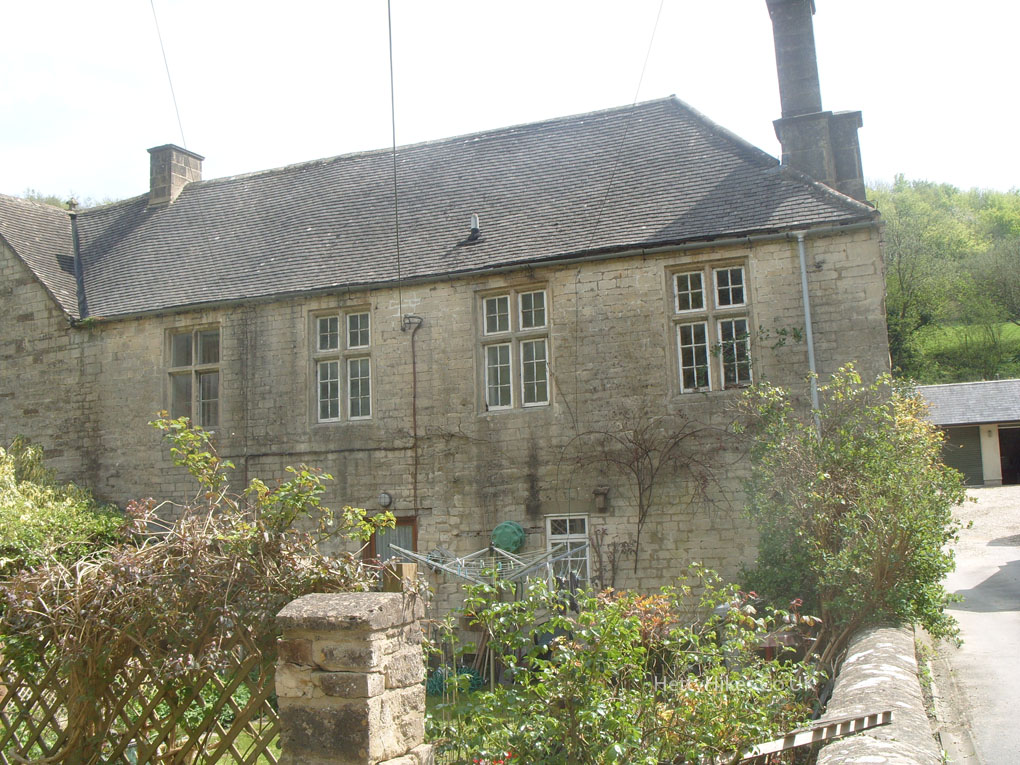 Iles Mill made cloth 1608 to 1840, then walking sticks
Iles Mill made cloth 1608 to 1840, then walking sticks
St Mary’s Railway Crossing signal box c.1875 is a listed building
St Mary’s – clothier’s house, re fronted early 1800s
This site was owned by the Chantry of St Mary in Minchinhampton from the late 1300s, and there was a fulling mill by 1548, and later a corn mill. After 1840 flock, and later walking sticks, were made
St Mary’s Mill 1820
On the ground floor of the mill are:
a water wheel
a steam engine,
This was made at the Phoenix Iron Works, Thrupp, Stroud
Clayfield’s Mill rebuilt 1785
Warehouse Mill – built c. 1830 as a wool warehouse for Clayfields’s Mill, then became a silk mill in 1840.
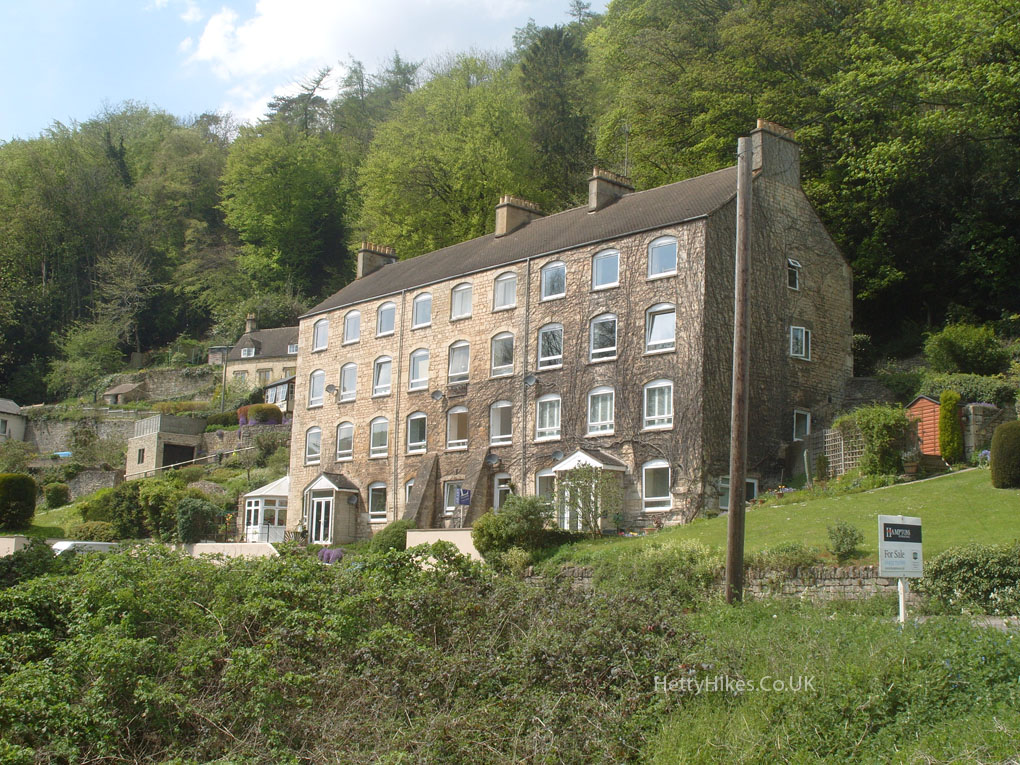 Bliss Mill Estate – There used to be several mills here.
Bliss Mill Estate – There used to be several mills here.
William, son of Hugh of Chalford, had a mill here in the early 13th century, but the name Bliss’s Mill dates from the 1780s. By 1875 the whole estate was owned by William Dangerfield and made walking sticks
The window on the end wall of this building may be Tudor
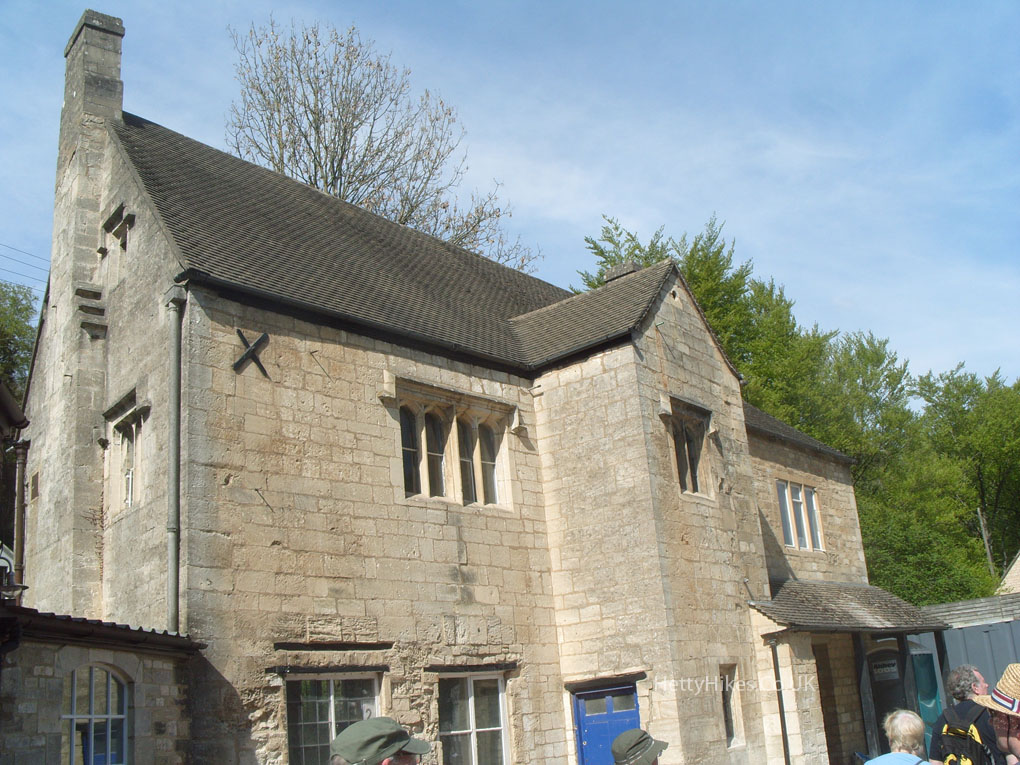 The clock tower remains from Bliss’s Mill that was destroyed by fire in 1889
The clock tower remains from Bliss’s Mill that was destroyed by fire in 1889
New Mill (the long mill building) was built c.1875, Mugmore Mill (the small building to the left) is older
Dark Lane House
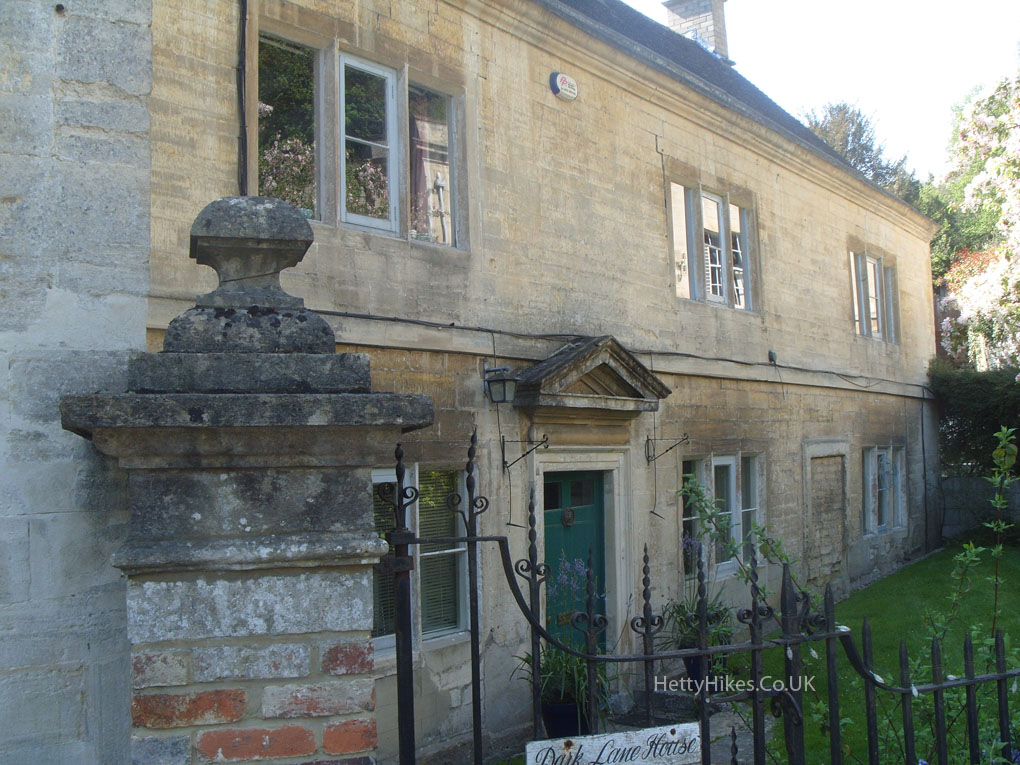 Sevillowes is an old house re-fronted in early 1800s that had 4 mills in 1840
Sevillowes is an old house re-fronted in early 1800s that had 4 mills in 1840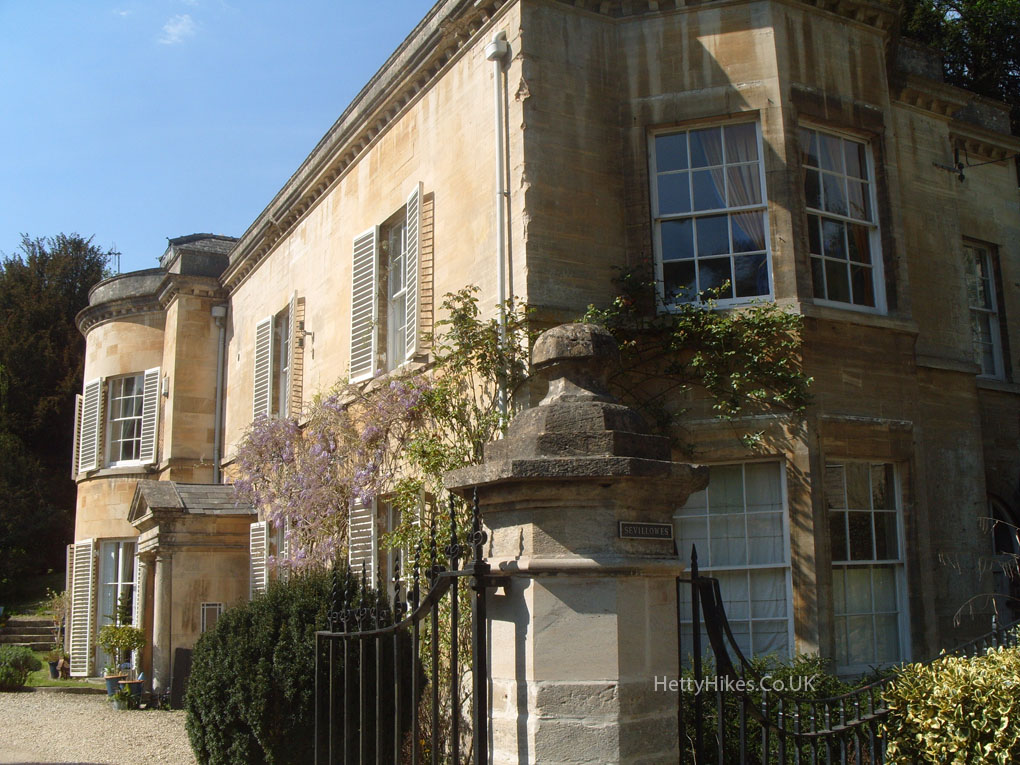 The gazebo belongs to Sevillowes
The gazebo belongs to Sevillowes
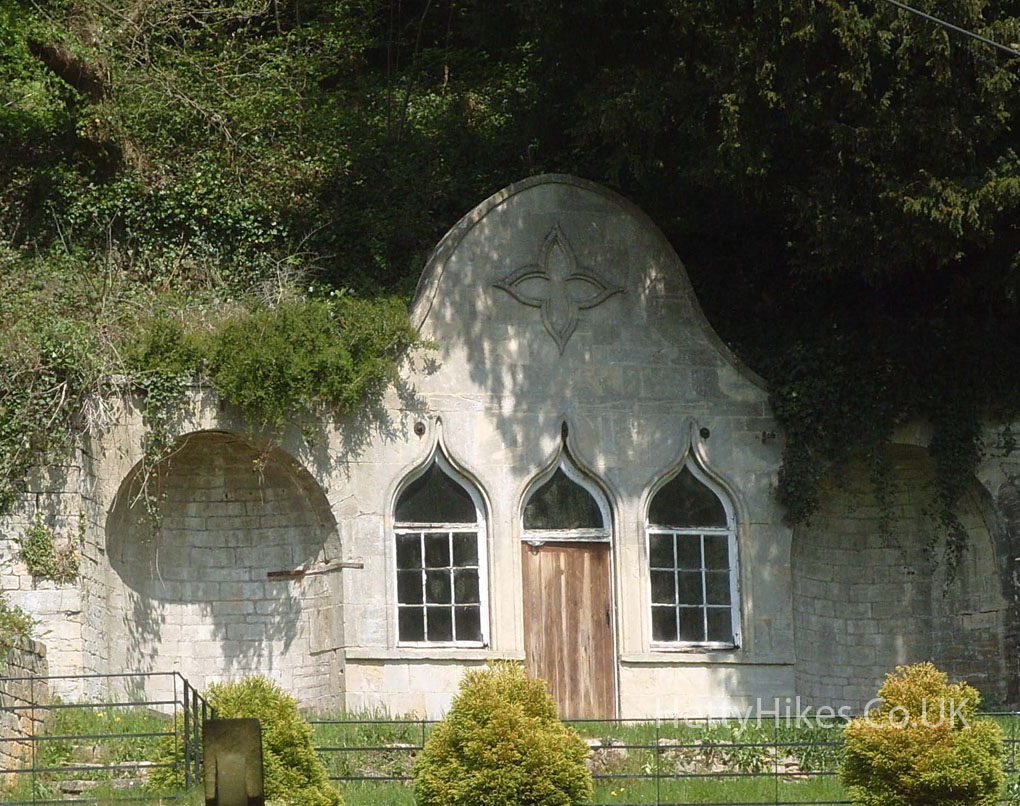 Chalford Grove gained a new front in the early 1800s, but the rear was built in the 1500s
Chalford Grove gained a new front in the early 1800s, but the rear was built in the 1500s
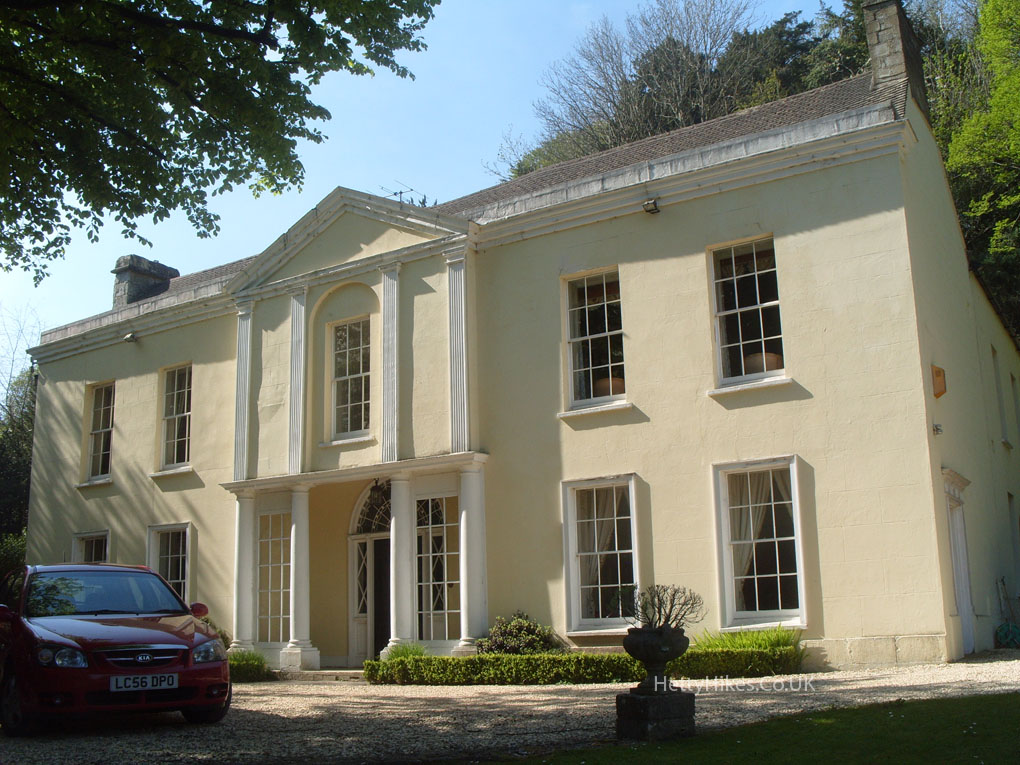 Hallidays Mill (from 2 sides) c. 1830, but there was a mill here in Tudor times
Hallidays Mill (from 2 sides) c. 1830, but there was a mill here in Tudor times
Dyehouse until late 1700s
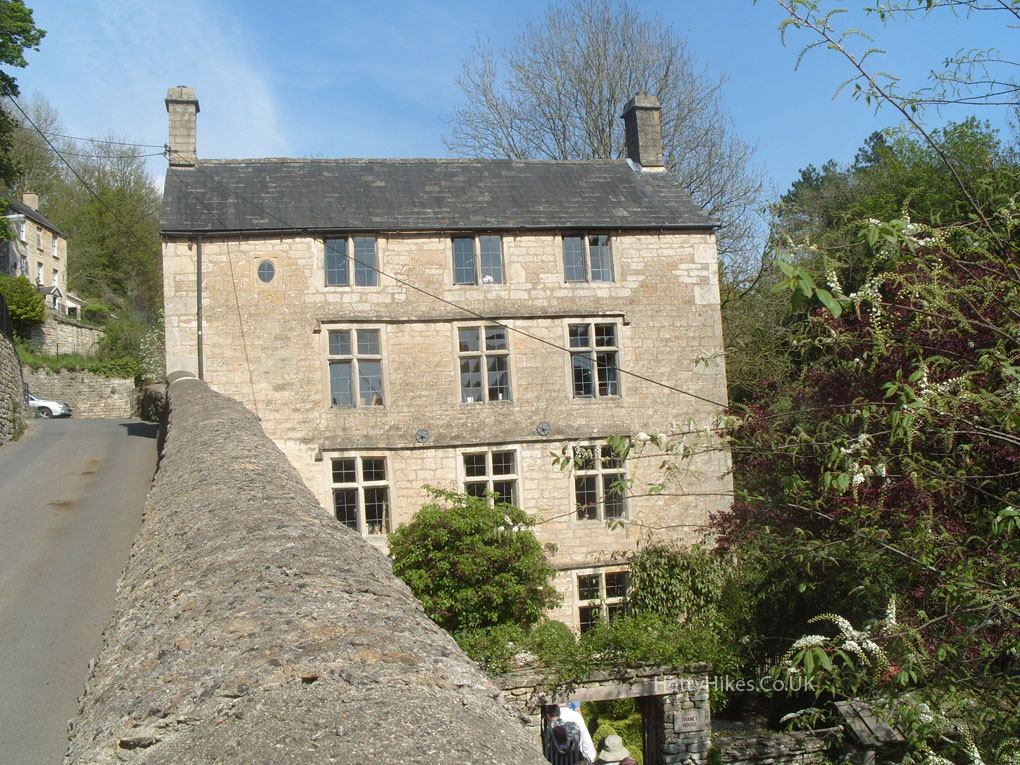 A very interesting walk on a lovely day
A very interesting walk on a lovely day
More information:

